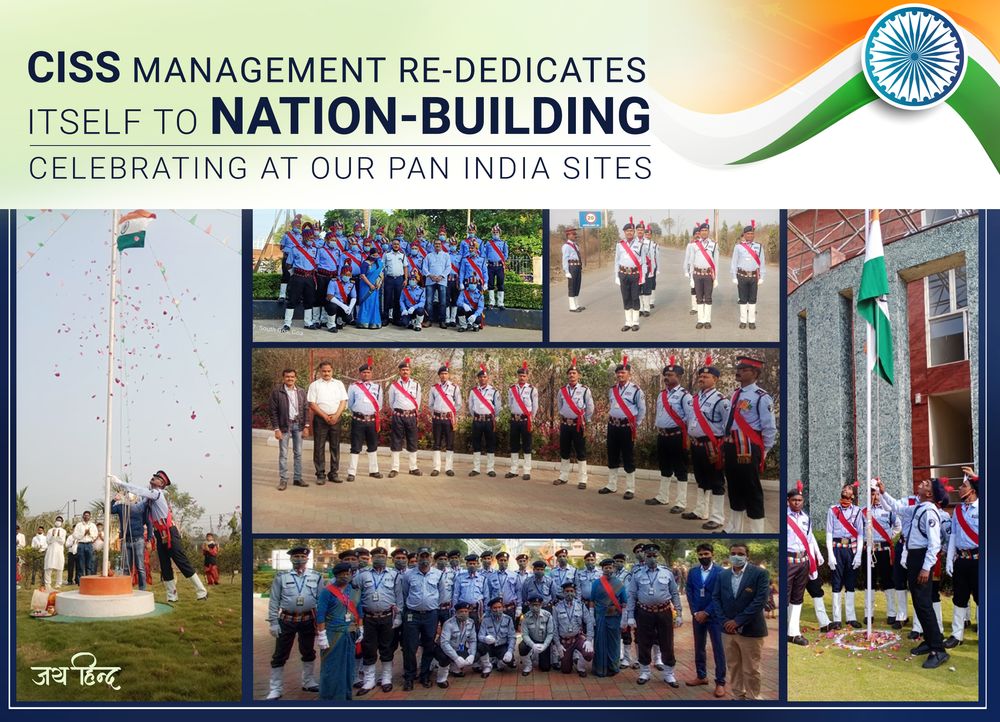ACCESSING THE MENTAL GREEN ZONE
(To feel safe is everyone’s common concern)
The purpose of our brain is to self-preserve by readapting. It scans our environment and no sooner we are exposed to any life threatening danger the default self-preserve mode (aka instincts) takes over eg. If a fire breaks out you will rush towards the exit or to the fire extinguisher immediately. This physiological response is termed as fight or flight.
This amalgamation of responses to strenuous situations is known as the “fight-or-flight” reaction because it progressed as a survival mechanism, to react hurriedly to a grave life-consuming situation.
On Neurosafety:
When the brain detects a reward, it triggers an automated ENGAGE neural response that drives us towards that perceived reward and ultimately also enables us to function at our best (e.g. improved creativity, better judgment, enhanced memory, effective decision-making, better communication, etc.). *
When our brain detects a THREAT the opposite happens as an automated DISENGAGE response is triggered. Our ability to solve problems, communicate, understand consequences, evaluate situations, control impulses, plan ahead, recall information and make decisions is severely impaired at a neurological level. *
When in this ‘fear-state’, an individual’s ability to perform even simple routine actions – not to mention perform at their best when things go wrong – is disrupted as their brain tries to work its way through the perceived threat (inter-personal or environmental). This often causes them to behave in unsafe ways – taking shortcuts, hiding or lying about incidents, ignoring safety procedures and making unsafe decisions, especially when under pressure. *
Since the past few months, we’ve been forced to see everyone we come in contact with as a possible source of infection. Our world took a 180 degree turn as we can’t go for a movie; go to the temple or malls as freely as before. We are living in a state of constant anxiety. Safety fails when the environment is anxiety driven.
Imagine a sales person, heading for the big pitch might feel his fears to be so great that he may just freeze or would like to run way from the meeting. This would be a classical example of fight or flight reaction.
And, if one’s brain does not generate an impression of safety, his/her reactions will exhibit survival instincts. This is the time when everyday tasks start feeling tedious which constantly reduces ones capacity to cope.
When your team gets back to work, you can come across varied experiences of someone losing a loved one to somebody who hasn’t been affected at all. And they’re obviously going to get back to normalcy at different rates which can be really challenging for the organization.
It can really help when seasoned seniors and supervisors encourage and establish the culture where people look out for each other. The truth is, a safe environment is always a productive one!
Because healthy and safe employees are more dependable and prolific, they’re also good for the bottom line of any business since happy productive people bring profitable business.
Paybacks of Workplace Safety are tremendous.
COVID-19 is a health catastrophe which must be managed essentially by medical specialists. But at the same time employers and employees have a joint fundamental role to play in keeping offices safe while maintaining constant communication with the workforce.
Safety at the workplace is productive. Employees who take personal accountability in their safety are more likely to be engaged and happy at work.
It reduces relief time required for and employee and also the time to replace the job with a new person. Performance is improved when people know how to avoid problem areas. Employers at creative start-ups, have realised that taking care of the workplace ambience, causes lower stress levels and ensures optimal performance. Similarly at manufacturing units, by following all-encompassing training procedures, refining pre-work preparation, and inspecting all safety processes, plant personnel are able to increase safety while also reducing expenses.
A safe environment (physical and emotional) is the foundation of an industrious company. The idea is to adhere to prescribed workplace safety standards and get the teams to follow them. Primarily, training goes a long way. The importance of healthy safety etiquettes especially post COVID-19 can be established with continuous practise. The common phrase goes ‘sometime later quickly turns into never’. Hence, new safety etiquettes need to be became todays workplace culture, now.
Crisis brings about far-reaching resolutions. The world we knew yesterday is going through a continuous transformation bringing around new opportunities.
As a #CovidMarshal, we understand that getting in the mental green zone is as important as your city being in the green zone. #COVID-19 is associated with a range of concerns, such as fear of falling ill and dying, of being socially excluded, placed in quarantine, or losing a livelihood. Symptoms of anxiety and depression are common reactions for people in the context of COVID-19. Mental health and psychosocial support should be made available to all workers. Comprehensive risk assessments can help identify and mitigate related occupational hazards for mental health. *
Countries around the world are focusing on making the workplace safe, and issuing guidelines to help workers return to their jobs.* The idea is to help employers prioritize safety as their employees return to traditional work places in a post-quarantine world. Everyone is now familiar with the basic Covid-19-Safety protocols. Employees too need to be pushed into adopting them via constant communication, enforcing use of masks, positioning sanitising materials and dispensers and reorganising the office space to maintain social distancing. A practical way would be to navigate the present-day with an uncluttered approach, till as the medical procedure makes some significant advance. *
These resources will help you through the key steps of reopening your business in the wake of the COVID-19 pandemic, including:
- Making sure your facility is completely hygienic, deep cleaned and disinfected, as also equipped with a blueprint for maintaining safe conditions.
- Setting up a support system in place for employees as they return to work and adjust to new realities and emotional challenges presented by the COVID-19 pandemic.
- Creating a plan for a safe work environment that protects employees and customers alike from risks connected to COVID-19, including exposure and transmission. *
Most of all, we need to learn from the positives and susceptibilities that this pandemic has exposed us to, so that we can face any crisis with better groundwork, headship and improved implementation.
Source:
*https://my.clevelandclinic.org/departments/employer-healthcare-solutions/covid-19-workplace-safety
*https://www.thehindu.com/opinion/editorial/working-safely-the-hindu-editorial-on-workplaces-during-the-covid-19-pandemic/article31635941.ece
*https://www.who.int/news-room/q-a-detail/q-a-tips-for-health-and-safety-at-the-workplace-in-the-context-of-covid-19
*https://www.stratleader.net/neurosafety





